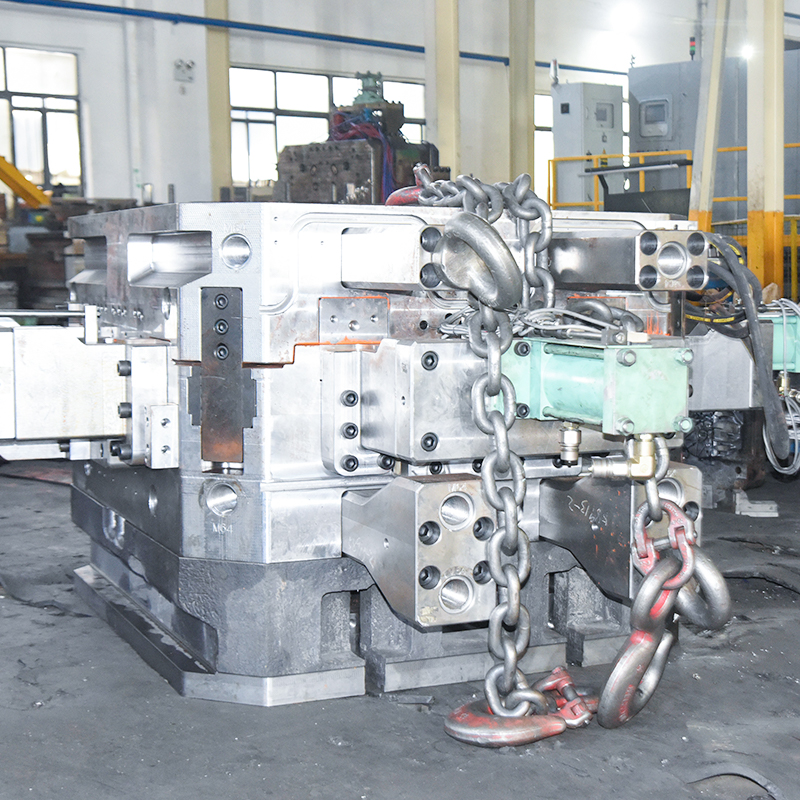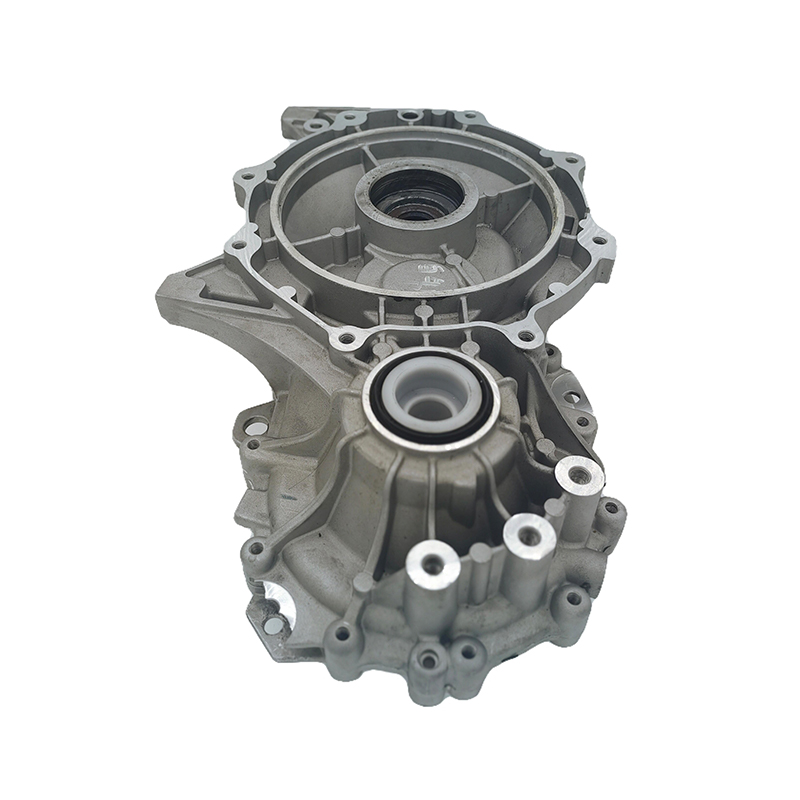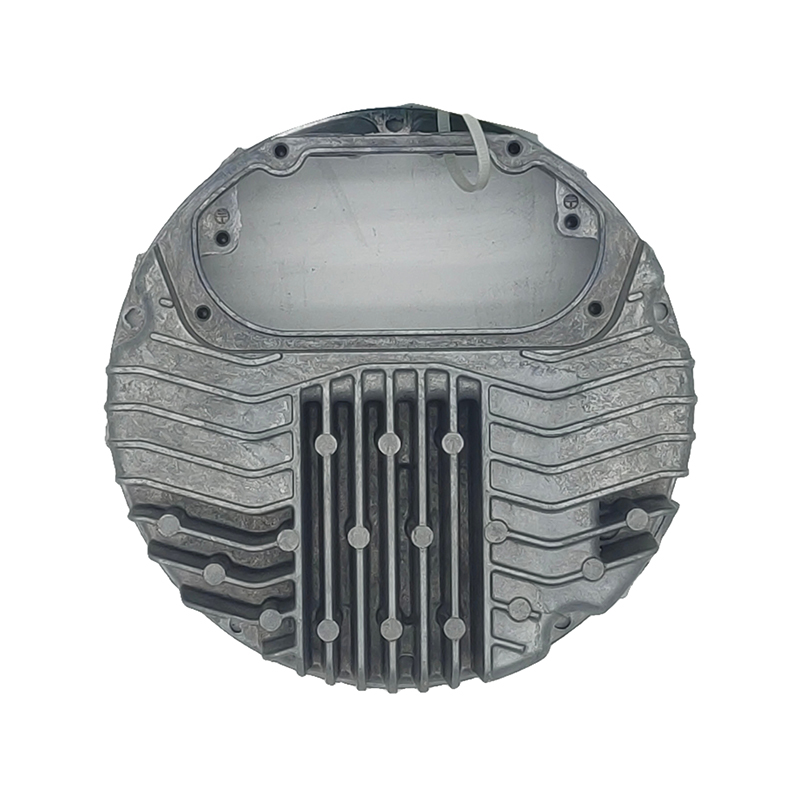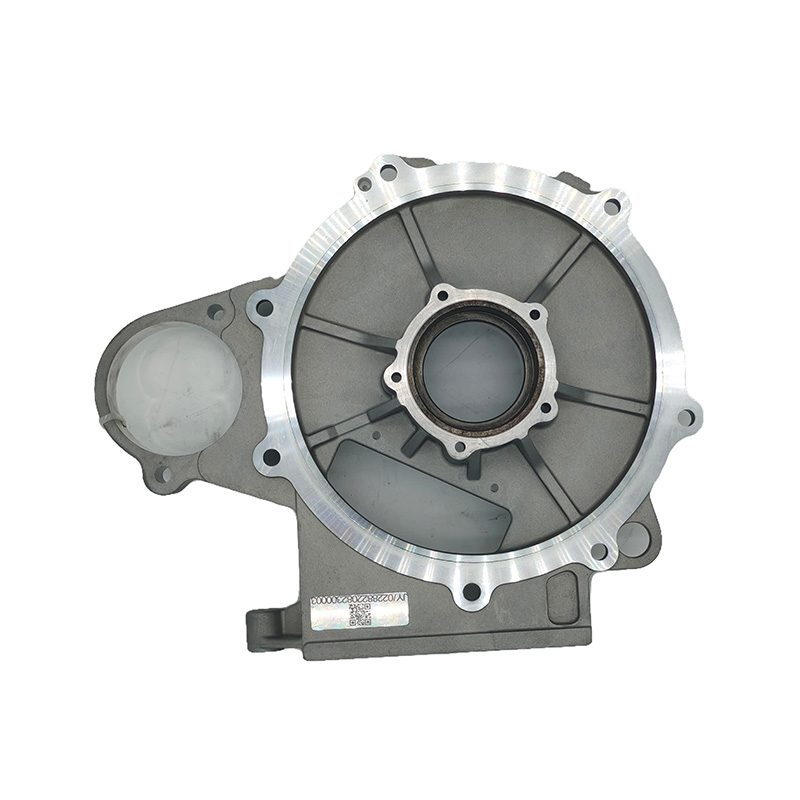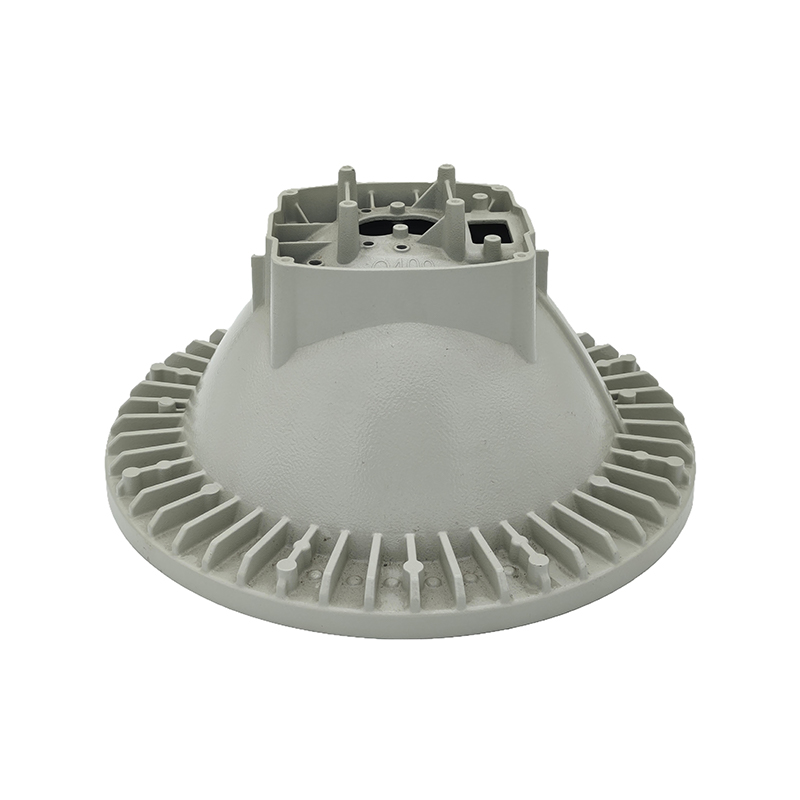In modern manufacturing, die casting mold technology has become a critical component, particularly in industries like automotive, electronics, and aerospace, where the choice of mold directly impacts production costs, quality, and lead time.
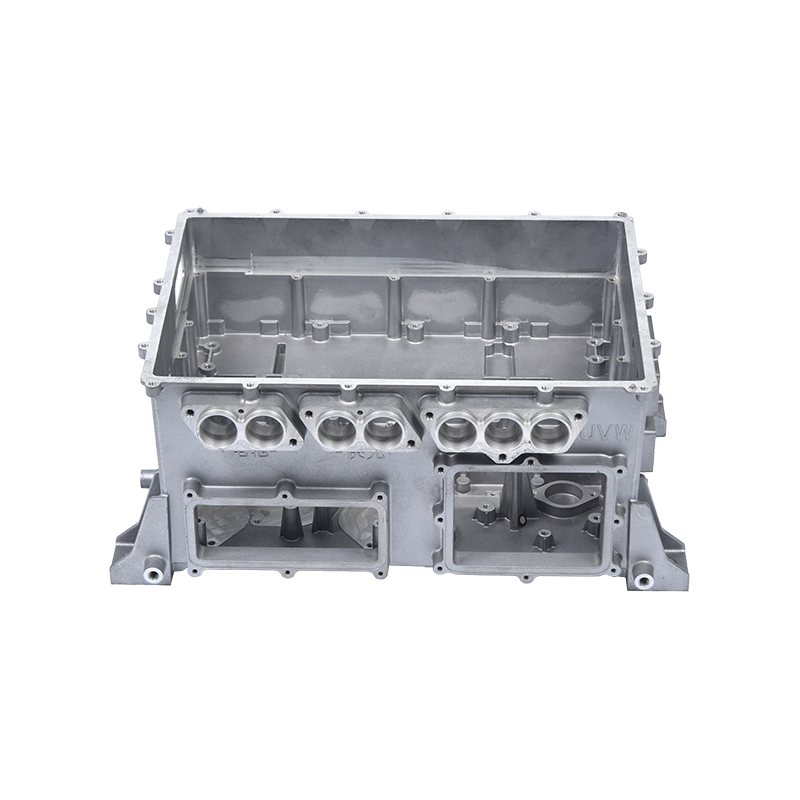
1. Definitions and Basic Overview
High Precision Die Casting Molds:
High precision die casting molds are molds designed to produce die-cast parts with extremely precise dimensions and smooth surfaces. Typically, these molds use higher standards of design, manufacturing technology, and materials to handle complex geometries and stringent precision control. The production of high precision molds often requires advanced machinery, such as CNC (Computer Numerical Control) machines, high-precision processing equipment, and high-quality mold materials.
Compared to traditional molds, high precision die casting molds can guarantee fewer production errors and higher consistency, making them widely used in industries like automotive parts, aerospace components, and precision instruments, which require high levels of precision.
Traditional Die Casting Molds:
Traditional die casting molds refer to molds that are more commonly used, designed and manufactured using conventional die casting methods. While they meet basic production needs, they are relatively limited in terms of product precision, complexity, and surface finish compared to high precision molds. Traditional molds are mostly used in mass production, especially for parts with simple shapes.
2. Design and Manufacturing Differences
Design Requirements for High Precision Molds:
High precision molds require advanced and intricate design standards. Engineers must consider various factors such as mold expansion, cooling speed, and metal flow paths during the design phase to ensure that the formed parts meet requirements for dimension, strength, and surface finish.
- Material Selection: High precision molds often use high-strength steels that offer better wear resistance and heat resistance.
- Precision Processing: High-precision processes like CNC machining are used to ensure every component has tight tolerances at the micron level.
Limitations in the Design of Traditional Molds:
In contrast, traditional molds are simpler in design, often using more conventional materials such as regular steel and aluminum alloys. While these materials meet basic requirements, they do not offer the same durability and precision as those used in high precision molds. The design of traditional molds generally focuses on large-scale production rather than complex shapes.
- Material Selection: Traditional molds typically use cheaper materials, which lowers manufacturing costs but also leads to shorter mold lifespans and lower precision.
- Simplified Design: The design process is less complex and more suited to mass production.
3. Material and Application Differences
Applications of High Precision Molds:
High precision die casting molds are used in industries where high product precision and quality are essential. For example:
- Automotive Industry: High precision molds are used to produce complex engine parts, transmission housings, and other high-precision automotive components.
- Aerospace Industry: Molds are used for manufacturing aerospace components, which require high precision to withstand extreme conditions like high temperature and pressure.
- Medical Devices: Medical equipment requires highly accurate parts, and high precision molds ensure consistency and quality in these products.
Applications of Traditional Molds:
Traditional die casting molds are better suited for mass-producing parts that do not require extreme precision or complex shapes. For example:
- Home Appliances: Parts like appliance housings and components, where precision is not critical and cost is a major factor.
- Consumer Electronics: External casings and components for electronic devices, which do not require as high precision as those used in high-end devices.
- Non-Core Automotive Parts: For example, light housings, seat brackets, etc., where precision is not as crucial.
4. Production Efficiency and Cost Comparison
Advantages of High Precision Molds:
Although high precision molds are more expensive to produce, they reduce the need for secondary processing, improve product quality, and reduce defect rates, which can lower overall production costs in the long run.
- High Production Precision: The formed parts have minimal errors, reducing the need for rework and adjustments.
- Reduced Post-Processing: High precision molds can produce parts that meet specifications without additional finishing work.
Advantages of Traditional Molds:
Traditional die casting molds have a lower manufacturing cost, making them suitable for large-scale production. Although they have lower precision, they are more economical when precision requirements are not as critical.
- Suitable for Mass Production: Due to lower precision requirements, traditional molds have shorter production cycles and are ideal for fast mass production.
- Lower Costs: Manufacturing costs are lower, especially when cheaper materials are used.
5. Product Quality and Surface Treatment
High Precision Molds:
Parts produced with high precision die casting molds typically have smooth surfaces and accurate dimensions, requiring minimal post-production surface treatments. Because the design and manufacturing processes focus on precision and finish, the resulting parts have superior quality and consistency.
Traditional Molds:
In contrast, parts produced with traditional die casting molds often exhibit higher surface roughness and may require additional finishing processes like sandblasting or polishing to improve surface quality.
6. Lifespan and Durability
Lifespan of High Precision Molds:
High precision die casting molds are made from better-quality materials and manufactured with precision processes, leading to longer tool life. They can withstand higher temperatures and pressures, reducing downtime due to wear and tear.
Lifespan of Traditional Molds:
Traditional molds tend to have a shorter lifespan, especially under prolonged heavy use, and require more frequent maintenance or replacement due to wear.
7. Technological Developments and Future Trends
The manufacturing of high precision molds is advancing toward more intelligent and automated technologies. With continuous innovation, many high precision molds will soon incorporate technologies like 3D printing and artificial intelligence, which will further improve their accuracy and production efficiency.
8. Summary and Recommendations
The choice between high precision die casting molds and traditional die casting molds should depend on the specific production needs. For products that require high precision and quality, high precision molds are undoubtedly the best choice. For large-scale production where precision is not as critical, traditional molds are more cost-effective.
| Feature | High Precision Molds | Traditional Molds |
|---|---|---|
| Design Complexity | Detailed and complex, with stringent requirements | Relatively simple, standard design |
| Material Selection | High-strength steels, wear-resistant, heat-resistant | Regular steels or aluminum alloys, cost-effective |
| Precision | Micron-level precision, minimal error | Lower precision, more variation |
| Production Efficiency | Lower efficiency, high precision required | Higher efficiency, ideal for mass production |
| Cost | Higher, requires advanced technology and materials | Lower, suitable for budget-conscious production |
| Application Areas | High-precision automotive, aerospace, medical devices | Mass-production of household goods, consumer electronics, non-critical automotive parts |

 English
English Español
Español Deutsch
Deutsch русский
русский